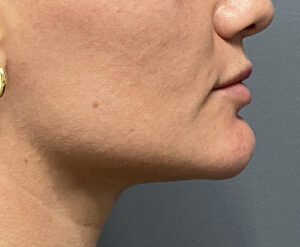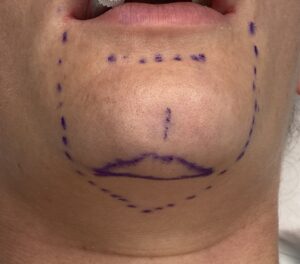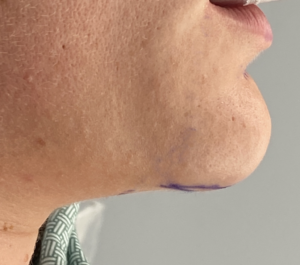Background: Large chins are more of an aesthetic problem in women than in men as one might expect. As a result, chin reduction is most commonly performed in females. Aside from V-line jaw reduction surgery, which is its own aesthetic entity and does involve some degrees of reductive chin reshaping, female macrogenia reductions are isolated procedures where the only focus is an over projecting front portion of the lower jaw.
Chin reduction is a procedure which is associated with numerous anatomic misconceptions. Liposuction of the soft tissue chin pad is associated with irregularities and soft tissue distortions not a reduction in size. Intraoral bony reduction often result in chin pad sagging as the ligamentous attachments are lost and the soft tissue chin pad has a very limited ability to shrink down in size when its structural support is reduced. The most effective approach to horizontal chin excess is a submental one where both bone and soft tissue excesses can be simultaneously reduced.
Horizontal macrogenia usually has a deeper labiomental fold due to the pushout of the soft tissue chin pad immediately below it. This may be improved as the chin is reduced but concurrent fold reduction strategies such as fat injections can help improve its appearance as well.
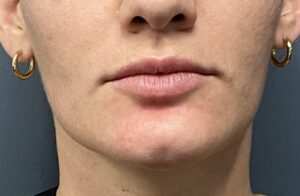
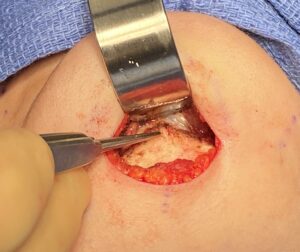
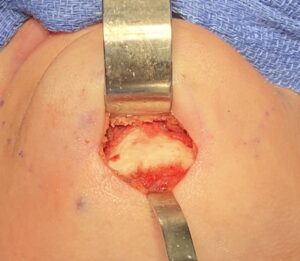

Fat injections with harvest from the abdomen were then done into the labiomental fold (2.5ccs) as well as into the vertical cleft. (1cc)
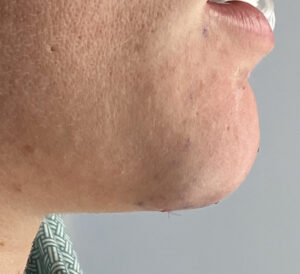
The most effective approach for horizontal chin reduction is a submental excision as it effectively maximizes the amount of bone and soft tissue removal. Reducing the depth of the lsbiomental fold by injections helps with the appearance of the reduced chin.
Case Highlights:
1) Horizontal macrogenia requires a submental composite excisonal approach to avoid postoperative soft tissue chin pad ptosis.
2) Vertical chin clefts in macrogenia are associated with a cleft in the bone but will not be eliminated with a bony reduction alone.
3) The deep labiomental fold in macrogenia will be marginally improved by the chin reduction and is optimally treated by concurrent fat grafting.
Dr. Barry Eppley
World-Renowned Plastic Surgeon



